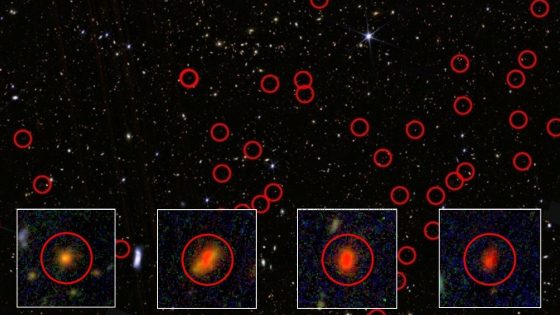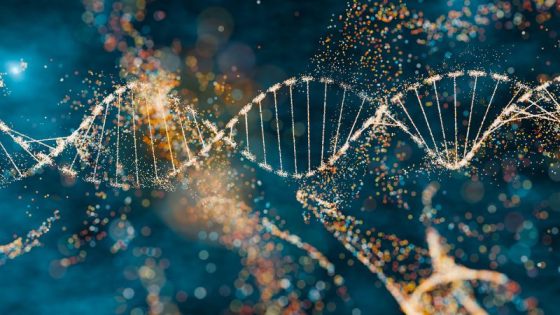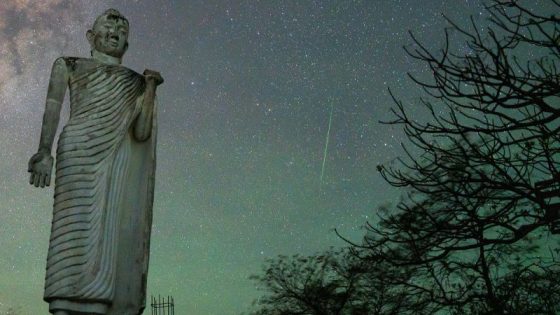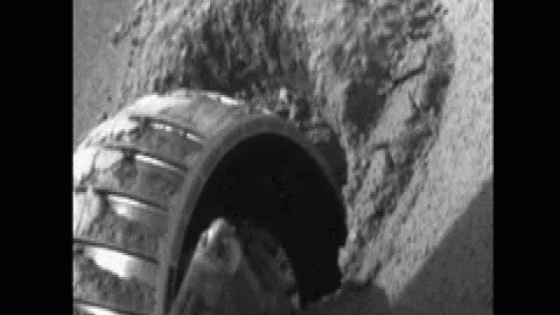Recent discoveries in the cosmos have unveiled hundreds of unexpectedly energetic objects, suggesting that the universe was far more dynamic during its infancy than previously thought. Researchers from the University of Missouri, utilizing deep-field images from NASA’s James Webb Space Telescope (JWST), identified 300 unusually bright objects dating back over 13 billion years.
- Discovery of energetic objects in early universe
- 300 unusually bright objects identified
- Objects may challenge galaxy formation models
- "Dropout" technique used for detection
- Redshift helps estimate distances and ages
- Findings published in The Astrophysical Journal
These findings, published on June 27, 2025, challenge existing models of early galaxy formation, as galaxies formed shortly after the Big Bang were expected to be faint. Instead, these candidates shine much brighter than anticipated, prompting questions about the mechanisms behind their formation.
This discovery raises intriguing questions about the early universe’s structure. How did these objects become so luminous so quickly? The team employed a “dropout” technique to identify these distant entities, which may redefine our understanding of cosmic evolution.
- Objects detected are possibly galaxies formed earlier than expected.
- Brightness exceeds predictions based on current models.
- Redshift analysis indicates significant distance and age.
As researchers continue to analyze these bright objects, the potential for groundbreaking insights into the universe’s early days remains immense. Stay tuned for further updates on this exciting frontier of astrophysics.

































